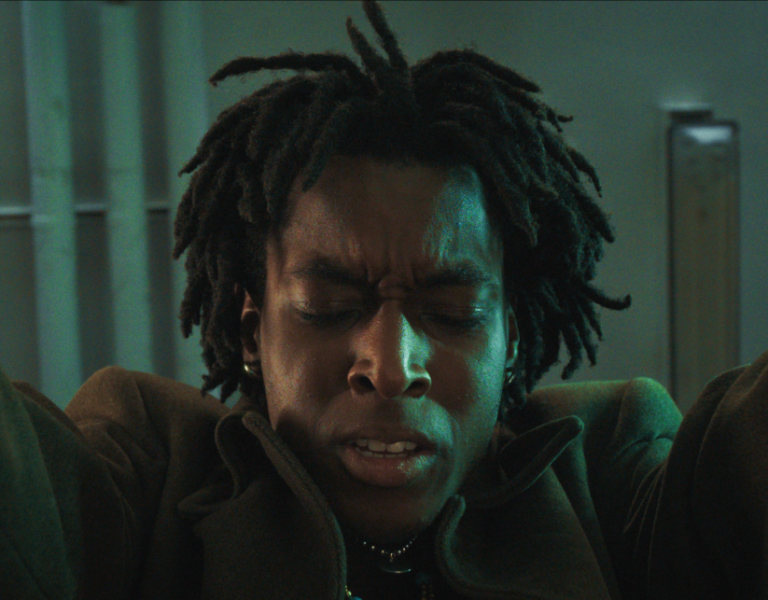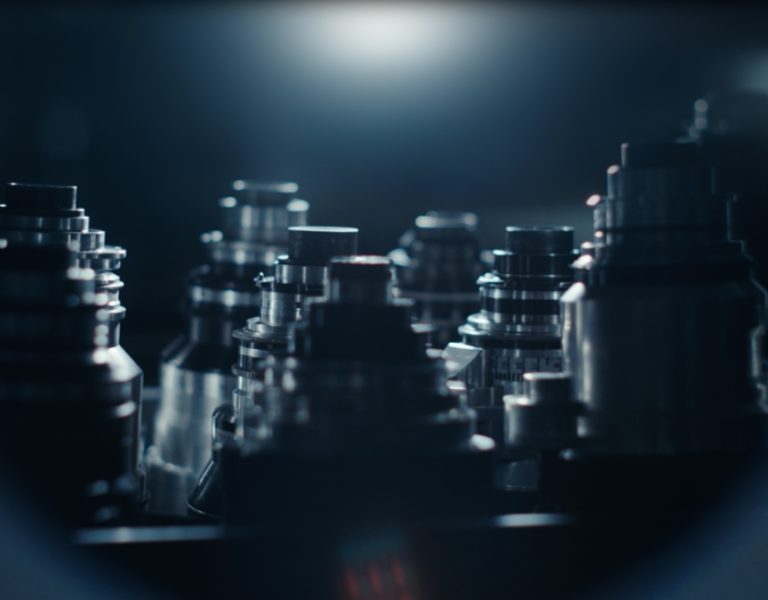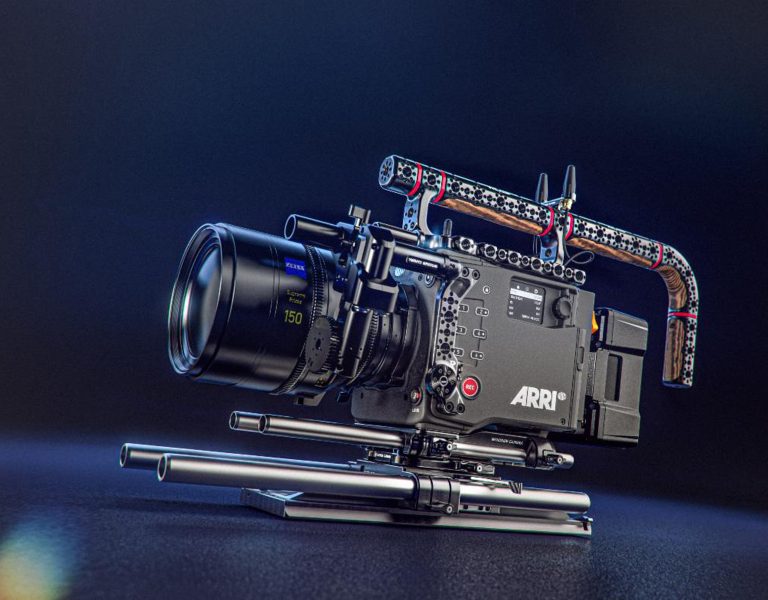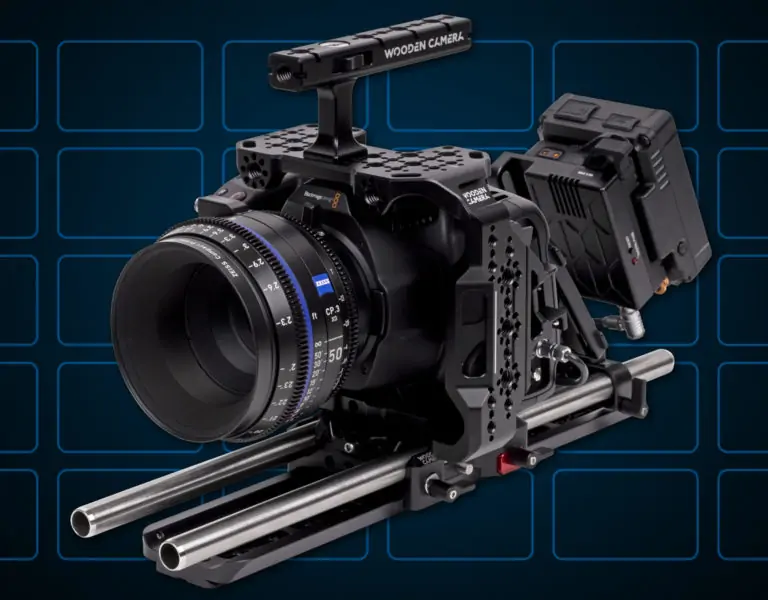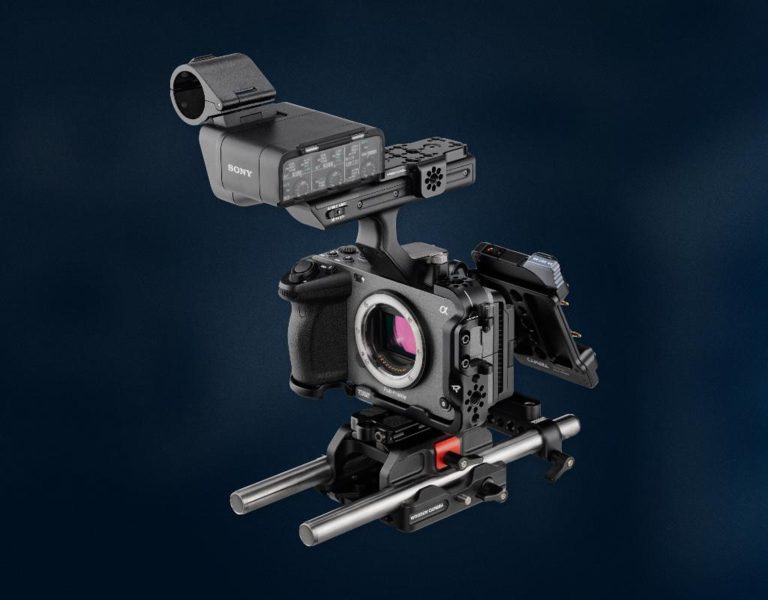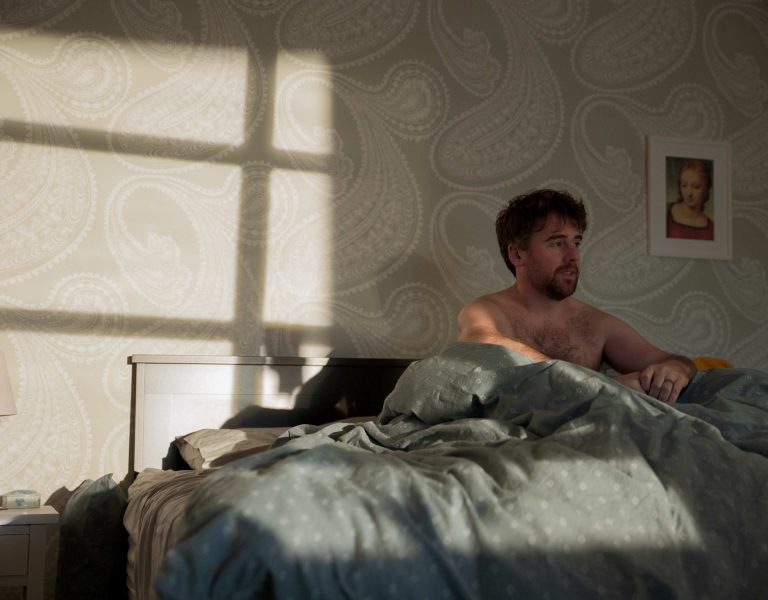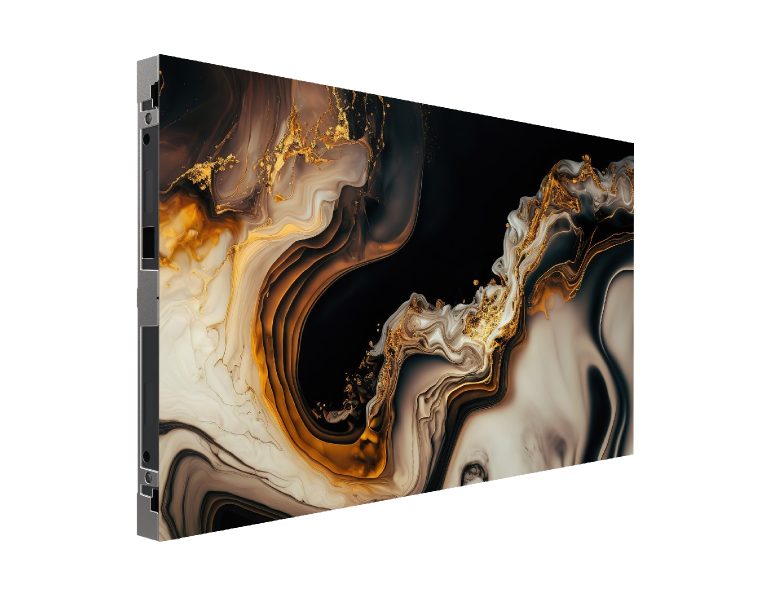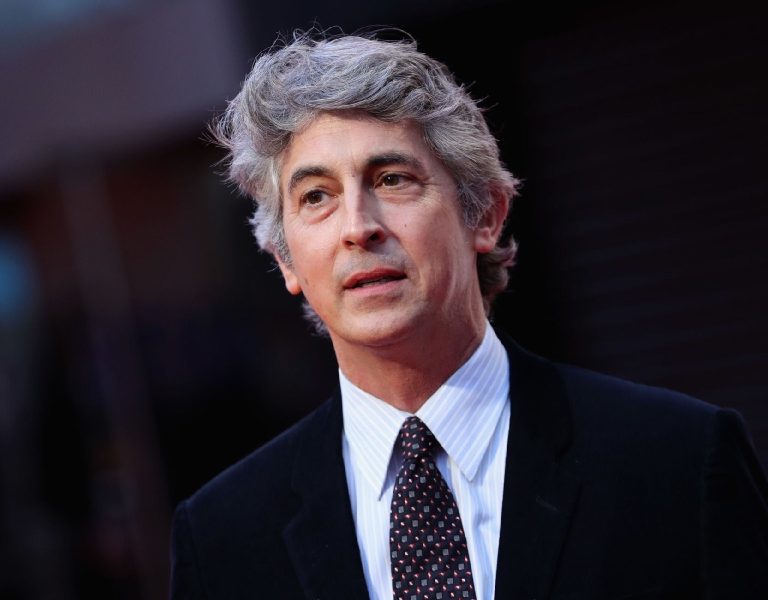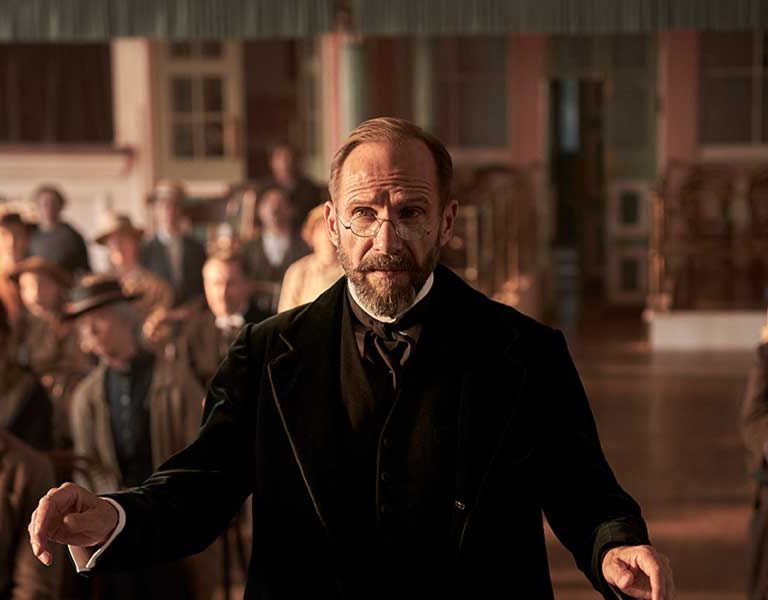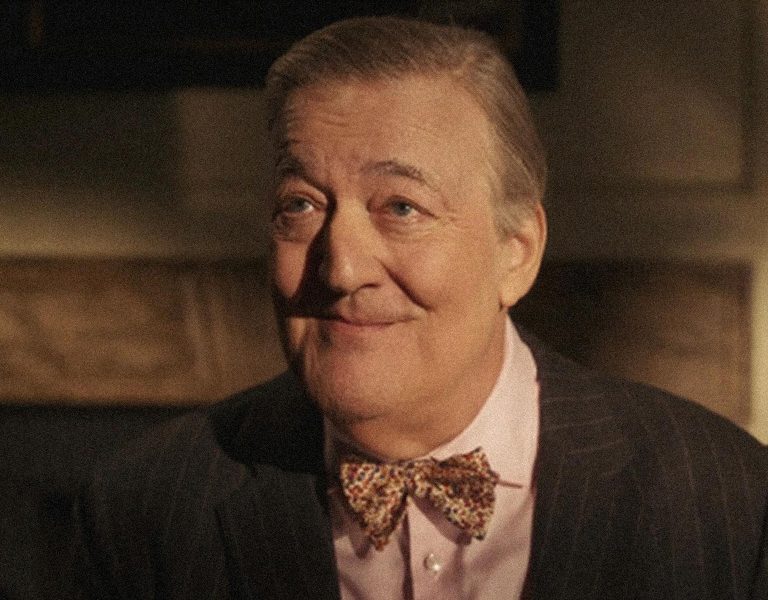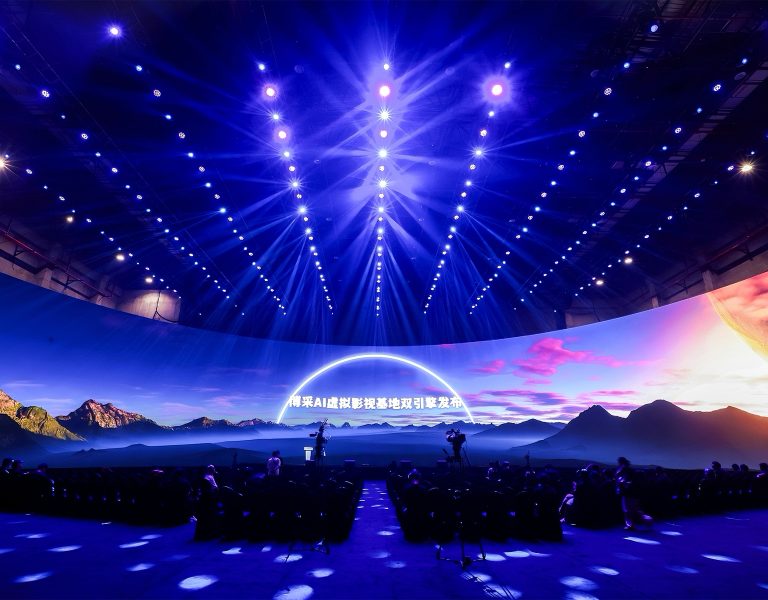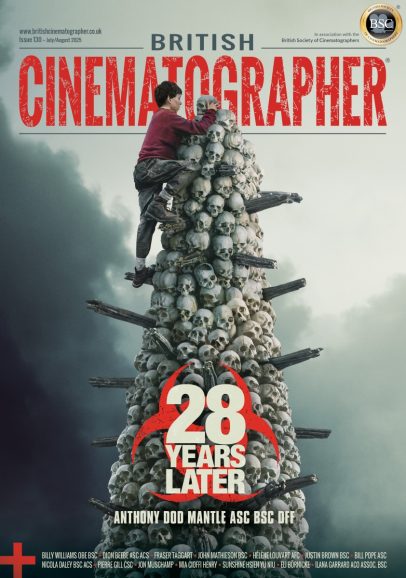DP Duncan O’Bryan uses Wooden Camera Elite Accessory System for Drift
Jul 11, 2023
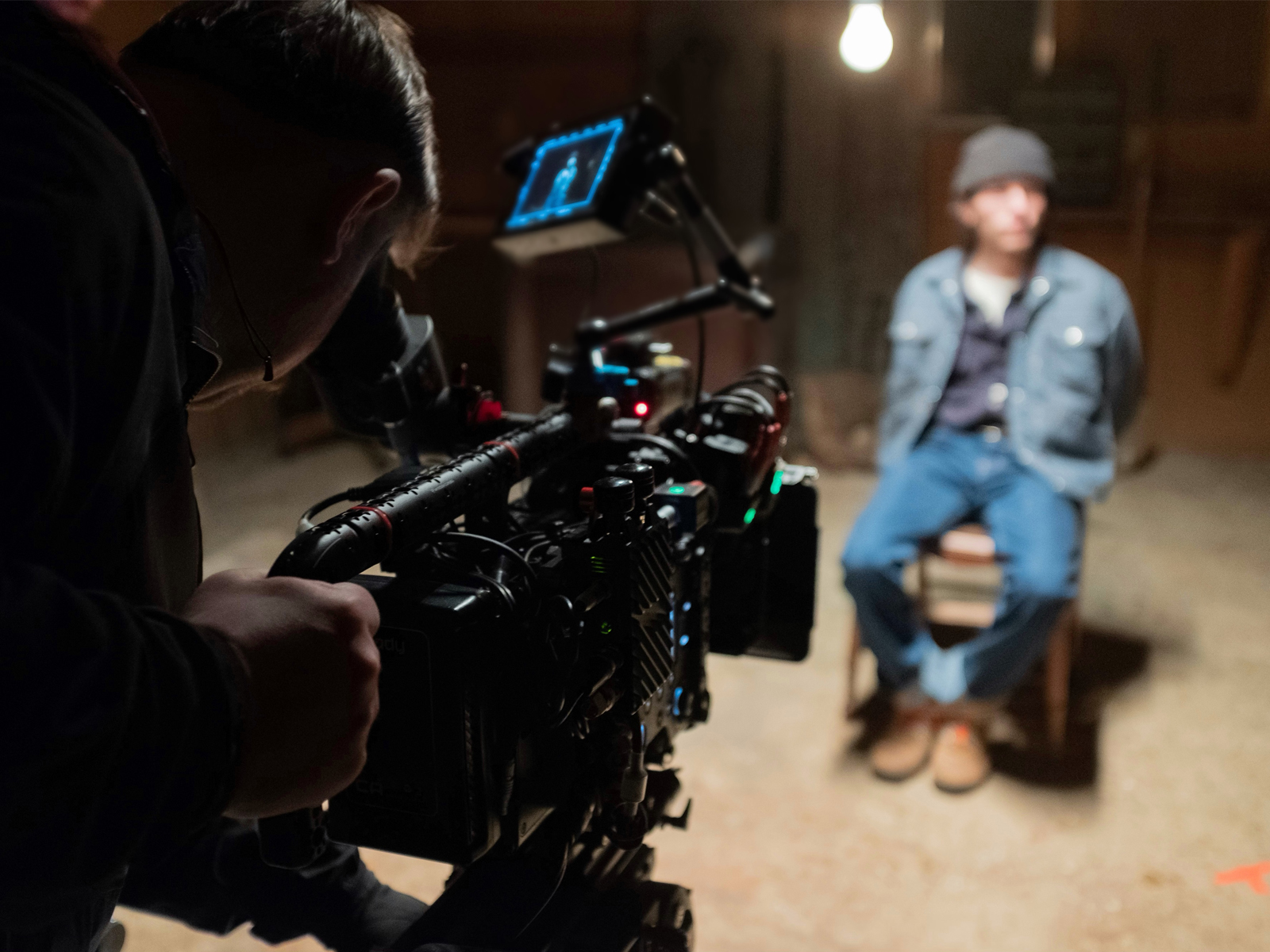
Cinematographer and L.A. native Duncan O’Bryan made the move to Portland, Oregon eight years ago, where he has grown his career working on commercial campaigns with brands like Nike and Twitter. A big believer in challenging himself, O’Bryan applied & was accepted into the ASC Vision Mentorship program and connected with Wooden Camera and Sony to become one of the first users of the Wooden Camera Elite Accessory System for Sony Venice II and Rialto II. Racing the impending Spring snowstorms, O’Bryan dove into a three-week production schedule for the short film, Drift, which he also wrote and directed.
The filmmaker was still putting the finishing touches on the script when he learned, through the ASC mentorship community, that Wooden Camera and Sony were seeking a filmmaker with an upcoming shoot to test out the new Elite Accessory Camera System for Sony Venice II and Rialto II. “I reached out to Katie Eleneke at Sony, and she got back to me within minutes. Jocelyn Keen at Wooden Camera and Katie at Sony coordinated and sent all the gear up to Portland. Somehow ZEISS got in on the action and ended up donating a set of full frame CP.3 lenses as well. We ended up with a great camera package.”
O’Bryan wrote Drift intending to take advantage of the extremes of Portland’s winter weather. “The movie is an allegory for abuse, particularly the sort of the cyclical abuse that gets passed on as generational trauma,” he explains. “We open with a man we find tied to a chair in this cabin. He has no idea how he got there. Meanwhile there’s also his captor, who kind of seems huggable, but simultaneously is doing these horrible things. Ultimately, the man escapes into the snow, but no matter in which direction he runs, he finds himself back at the cabin. The idea is that these cycles of behavior can poison even the most well intentioned soul, leading them to perpetuate the same types of trauma.
The three-day shoot was reduced to two when a freak snowstorm blew in, delaying the camera shipment from Sony and restricting travel for crew. Despite these delays, rigorous testing of the Wooden Camera Elite Accessory System gave the cinematographer confidence for the upcoming production. “We could have the camera built in minutes. It was a breeze. This was my first time using a Venice and honestly, it won’t be my last. I attribute a lot of the speed to the plate and accessories. They were just so well thought out.” When the camera shipment finally arrived, late into the prep, O’Bryan and his AC, Gabe Twigg, were able to swiftly set up their Venice II, having spent their time familiarizing themselves with the Accessory System. “I’m not kidding––it took maybe 10 minutes swapping from the test camera body to our actual shooting body,” O’Bryan describes.
The film mixes a cramped cabin interior location with the exteriors shot on Mount Hood during a blizzard. “We shot in town the first day at a location that passed for the interior of our cabin. It made for tight quarters.” O’Bryan planned to shoot the interior portions of his film on a slider, using slow drifting movement to create continually rising tension. “My operator, Phillip Sheldon, worked crammed into a corner of this tiny cabin, trying to operate from awkward positions. He made a lot of use of that top Ultra Handle, as his main touch point on the camera. Sheldon brought his own monitor which he stuck it on the top handle on a little arm. It was really useful. You don’t often see those types of large reconfigurable handles in the world of digital.”
On set the ability to reconfigure on the fly was put to the test. “We had some battery issues; the power supply wasn’t feeding power to the camera correctly. We needed to reroute all the power, move stuff around, pull our battery off, and reconfigure everything. Luckily because of the way the plate is designed it was a simple task to quickly remove and unplug some things. We sent the talent out for a quick snack and by the time they came back, literally within five minutes, the camera had essentially been de-rigged and put back together in a new configuration that allowed us to use block battery for power until we could actually diagnose the issue. I’ve had other cameras go down mid-shoot and it is never that fast. Nothing has ever come apart that easily and gone back together like that without a headache,” O’Bryan contends.
The exterior scenes were scheduled for the second day. “We had to take a snowcat up Mount Hood back into the middle of nowhere, to this abandoned 1920s cabin. We shot all our exteriors in knee deep snow during an actual blizzard. For that, we switched the camera over to the Rialto. It was so nimble,” O’Bryan describes. “We all were wearing gloves as it was 21° without the wind chill. To mitigate risk to the equipment, we picked a lens and lived with it. But it was so easy and convenient to be able to maneuver and still have a full frame 6K camera. In somewhat hazardous conditions like ours, it wouldn’t have been safe or realistic to be running around with a huge camera body on my shoulder.”
The ability to easily make use of the Rialto II in the snowstorm was crucial to realizing the film’s themes. “There’s a hard change when we moved outside–we were handheld on the Rialto. There’s a critical chase scene where we had to run through the snow. We took full advantage of the Rialto and its ability to maneuver with complete freedom for our exterior shots.”
O’Bryan summarizes his experience working with the Elite Accessory System for Sony Venice II and Rialto II: “The whole camera package was so tight and easy to reconfigure quickly that I can’t think of a single instance where we were down waiting on camera.” Drift is currently in post-production and will be starting its festival rounds in Fall 2023.

